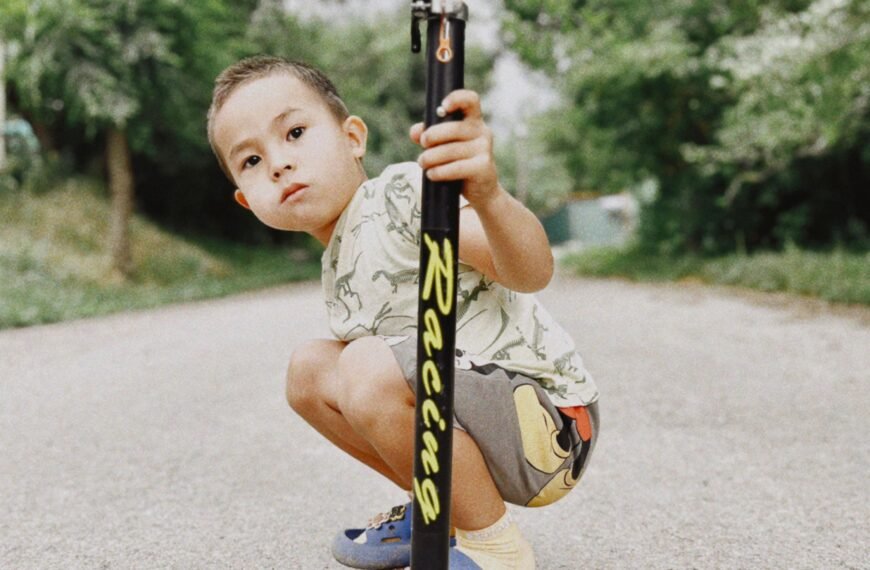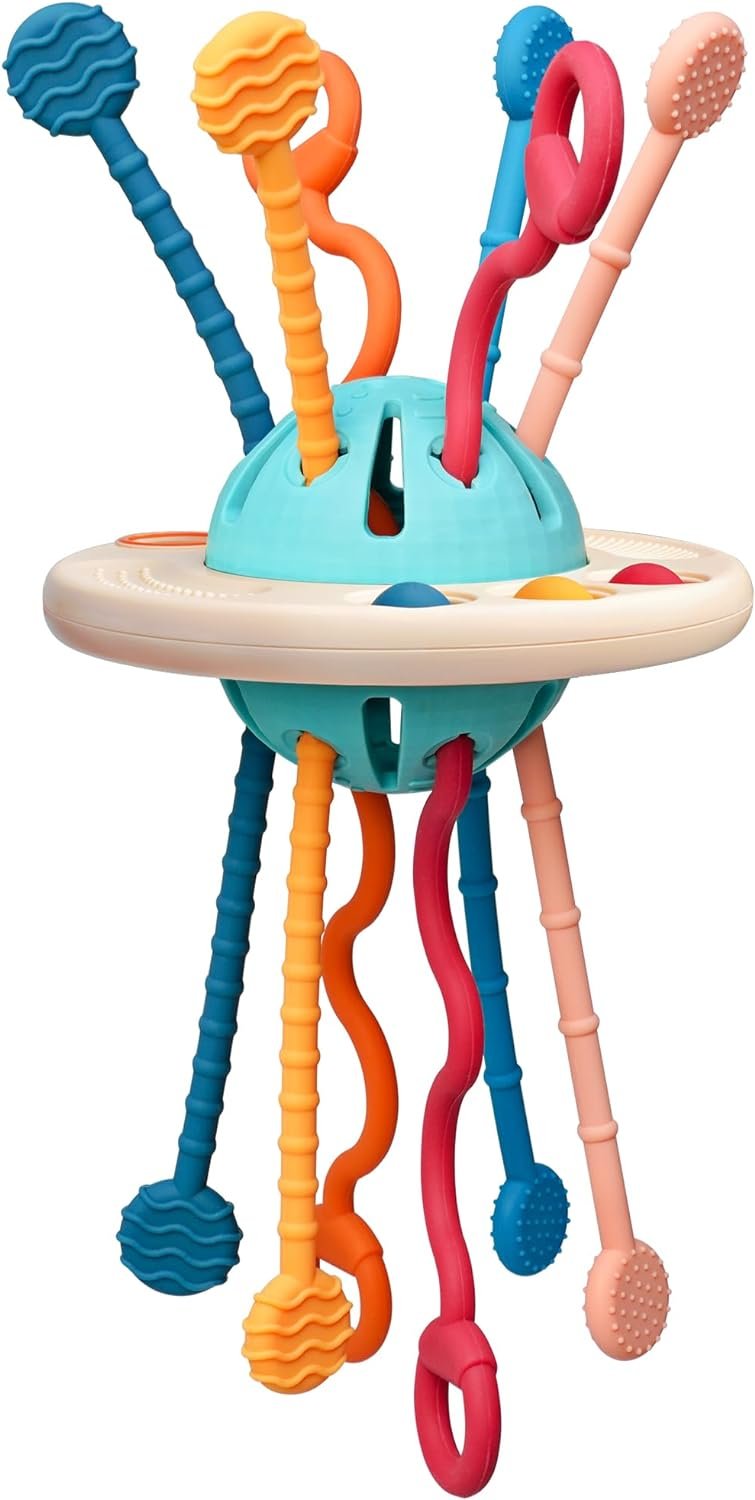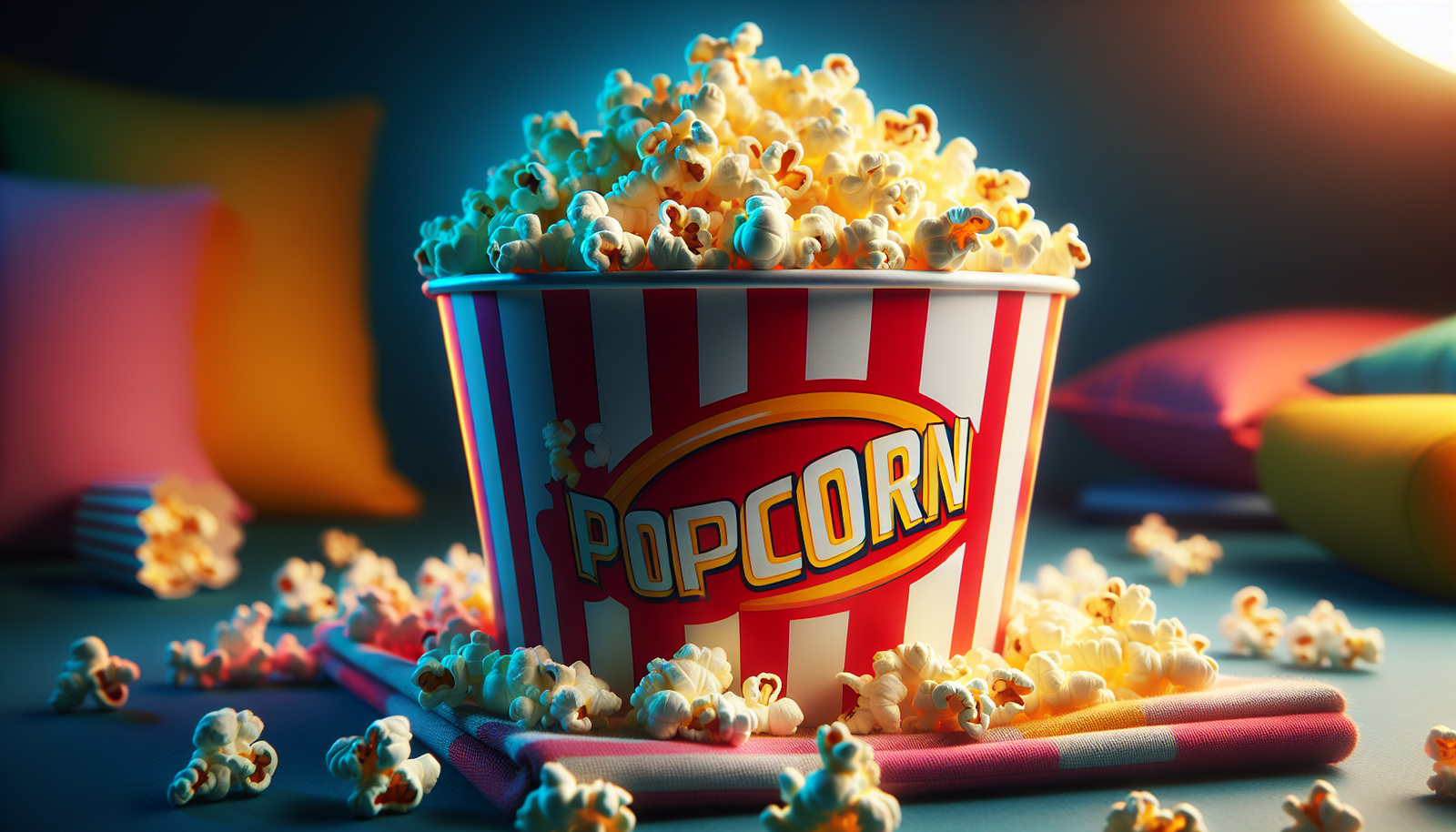In this article, you will learn how to ensure the safety and cleanliness of your baby’s toys through effective sanitization methods. As parents, we all want to provide a healthy environment for our little ones, and keeping their toys germ-free is an essential part of that. By following these simple steps and using ingredients readily available in your home, you can easily sanitize your baby’s toys, giving you peace of mind and keeping your baby happy and healthy. So let’s dive in and explore the best practices for safely sanitizing baby toys.

Check Baby Toys Guide & Review
Choosing the Right Cleaning Method
When it comes to cleaning baby toys, it’s important to choose the right method to ensure your little one’s safety. Different materials require different cleaning approaches, so let’s explore some key considerations.
Consider the Material
Before you start cleaning, it’s crucial to consider the material of the toy. Plush toys, plastic toys, wooden toys, fabric toys, and bath toys all have unique cleaning requirements. Some materials are more delicate and may require gentle cleaning, while others can withstand more rigorous methods. By understanding the material, you can choose the most appropriate cleaning approach for each toy.
Check for Manufacturer’s Instructions
Next, take a look at the manufacturer’s instructions for cleaning the toy. Most toys come with guidelines provided by the manufacturer, which can give you valuable insights into the best cleaning methods. These instructions may specify certain cleaning products or techniques to avoid, ensuring that you don’t unintentionally damage the toy while trying to clean it.
Avoid Harsh Chemicals
When cleaning baby toys, it’s essential to avoid harsh chemicals that may be harmful to your little one. Stick to mild, baby-safe cleaning solutions whenever possible. Harsh chemicals can not only cause damage to the toys but also pose a risk if your baby puts the toy in their mouth. By choosing gentle cleaning products, you can ensure that the toys remain safe and free from harmful residue.
General Tips for Cleaning Baby Toys
Now that we’ve discussed the key considerations in choosing a cleaning method, let’s delve into some general tips applicable to various types of baby toys.
Washing with Soap and Water
A simple, yet effective way to clean many baby toys is by using soap and water. Start by filling a basin or sink with warm water and add a small amount of baby-safe soap. Gently wash the toys, using a soft cloth or sponge to remove any dirt or stains. Rinse thoroughly with clean water and allow the toys to air dry completely before returning them to your little one.
Using Disinfectant Wipes or Sprays
Disinfectant wipes or sprays can be a convenient option for cleaning small and hard-to-reach areas of baby toys. Look for wipes or sprays that are specifically labeled as baby-safe and non-toxic. Simply follow the instructions on the packaging to effectively sanitize the toys.
Soaking in a Vinegar Solution
Vinegar is a natural cleaning agent that can effectively disinfect and deodorize baby toys. Fill a basin or sink with a mixture of equal parts water and white vinegar. Submerge the toys in the solution and let them soak for about 15-20 minutes. Afterward, rinse the toys thoroughly with clean water and allow them to air dry.
Cleaning Soft Toys
Soft toys, such as stuffed animals and plush toys, require careful cleaning techniques to preserve their softness and prevent damage.
Machine Washing Stuffed Animals
If the soft toy is machine washable, check the care label for specific instructions. Use a gentle, baby-safe detergent and select a delicate cycle with a cold or lukewarm water setting. To protect the toy’s integrity, consider placing it in a pillowcase or laundry bag before placing it in the machine. Once washed, let the toy air dry completely before returning it to your little one.
Hand Washing Plush Toys
For soft toys that are not suitable for a machine wash, hand washing is the best option. Fill a basin or sink with lukewarm water, add a small amount of baby-safe detergent, and gently agitate the toy in the water. Pay special attention to stained or soiled areas and use a soft cloth or sponge to clean them. Rinse the toy thoroughly with clean water and allow it to air dry completely.
Dry Cleaning Delicate Soft Toys
If you have a delicate soft toy that cannot be washed using traditional methods, consider taking it to a professional dry cleaner that specializes in toy cleaning. They will know how to handle the toy delicately and use appropriate cleaning techniques to ensure its safe and thorough cleaning.
Cleaning Plastic Toys
Plastic toys are often among the most frequently used by babies and toddlers, making regular cleaning and disinfection essential.
Washing with Mild Soap
To clean plastic toys, start by filling a basin or sink with warm water and add a small amount of mild soap. Use a soft cloth or sponge to wash the toys, paying close attention to any crevices or hard-to-reach areas. Rinse the toys thoroughly with clean water and pat them dry with a clean towel. Ensure that the toys are completely dry before allowing your little one to play with them.
Using a Dishwasher
Many plastic toys are dishwasher safe, which can be a convenient and thorough way to clean them. Before placing the toys in the dishwasher, always check the manufacturer’s instructions or the toy’s packaging to confirm that they are dishwasher safe. Load the toys securely in the dishwasher’s top rack and use a gentle cycle with mild detergent. After the process is complete, remove the toys and inspect them to ensure they are clean and devoid of any remaining residue.
Disinfecting with a Bleach Solution
For a more effective disinfection of plastic toys, you can use a bleach solution. Prepare a mixture of one part bleach and ten parts water in a basin or sink. Submerge the plastic toys in the solution and let them soak for a few minutes. Afterward, rinse the toys thoroughly with clean water and make sure they are completely dry before allowing your little one to play with them.

Cleaning Wooden Toys
Wooden toys have a natural beauty, and with the right cleaning methods, they can be kept in excellent condition for years to come.
Wiping with a Damp Cloth
For routine cleaning and maintenance of wooden toys, a damp cloth is often sufficient. Simply dampen a clean cloth with water and wipe down the surface of the toys, removing any dirt or debris. Make sure not to saturate the wood with excessive moisture, as it can cause damage.
Avoiding Excessive Moisture
Wooden toys are susceptible to damage from excessive moisture, so it’s important to avoid submerging them in water or using excessively wet cleaning methods. If a damp cloth is not sufficient to remove stubborn stains or grime, consider using a specialized wood cleaner that is safe for baby toys.
Using Non-Toxic Cleaning Solutions
When it comes to removing tougher stains or disinfecting wooden toys, opt for non-toxic cleaning solutions specifically designed for use on wood. These solutions are gentle yet effective in removing stains and maintaining the natural beauty and integrity of the wooden toys. Always follow the manufacturer’s instructions for the best results.
Cleaning Bath Toys
Bath toys can easily accumulate mold and mildew due to the constant exposure to water. Proper cleaning is crucial to keep these toys safe and hygienic.
Rinsing After Each Use
After each bath, rinse the bath toys thoroughly with clean water to remove any soap residue or dirt. Squeeze out any excess water from squeeze toys or bath squirters to prevent the buildup of moisture inside.
Regularly Cleaning with White Vinegar
To prevent mold and mildew growth, it’s advisable to clean bath toys with white vinegar regularly. Fill a basin or sink with equal parts water and white vinegar, and soak the toys for about 15-20 minutes. The vinegar will help dissolve any soap residue and kill mold or mildew spores. Afterward, rinse the toys thoroughly with clean water and let them air dry completely.
Running Hot Water through Squeeze Toys
To ensure squeeze toys are thoroughly cleaned, periodically fill them with hot, soapy water. Squeeze the toys multiple times to circulate the soapy water inside. Afterward, empty the toys and rinse them with clean water. Ensure that all the soapy water is removed from the toys to prevent the growth of mold or mildew.

Cleaning Fabric Toys
Fabric toys, such as cloth dolls or soft books, can accumulate dirt and stains over time. With the right cleaning methods, you can keep them clean and safe for your little one.
Machine Washing Cloth Toys
For machine-washable fabric toys, check the care label for specific instructions. Place the toys in a pillowcase or laundry bag to prevent them from getting tangled or damaged. Use a gentle cycle with cold or lukewarm water and a baby-safe detergent. After washing, allow the toys to air dry completely before giving them back to your little one.
Checking for Removable Components
Some fabric toys may have removable components, such as clothing or accessories. Before washing the toys, make sure to check for removable parts and detach them if possible. This will help prevent damage to both the toys and the detachable components during the washing process.
Air Drying Fabric Toys
After washing fabric toys, it’s important to air dry them completely. Avoid using a dryer, as the heat can shrink or damage the toys. Instead, lay the toys flat on a clean towel or hang them up in a well-ventilated area until they are fully dry.
Cleaning Teething Toys
Teething toys often find their way into your baby’s mouth, so keeping them clean and sanitized is crucial for their health and well-being.
Cleaning Silicone Teething Toys
Silicone teething toys are popular due to their durability and ease of cleaning. Wash the toys regularly with mild soap and warm water. Use a clean sponge or cloth to scrub the surface and remove any dirt or grime. Rinse the toys thoroughly with clean water and ensure they are completely dry before giving them back to your little one.
Using Dishwasher-Safe Teething Toys
Some teething toys are dishwasher safe, which can be a convenient cleaning option. Check the packaging or manufacturer’s instructions to confirm if the teething toy can be safely cleaned in a dishwasher. Load the toys securely in the dishwasher’s top rack and use a gentle cycle with mild detergent. After the cleaning process, inspect the toys to ensure they are thoroughly cleaned and free from any leftover residue.
Immersion in Boiling Water
To effectively disinfect teething toys, you can immerse them in boiling water for a few minutes. Fill a pot with water and bring it to a rolling boil. Place the teething toys in a heat-safe container and fully submerge them in the boiling water. Allow the toys to boil for a few minutes, then carefully remove them and let them cool before giving them back to your baby.
Disinfecting Toys During Illness
During periods of illness or if your little one has been in contact with germs, it’s important to take extra precautions to disinfect their toys.
Increasing Cleaning Frequency
When your baby is unwell or has been in contact with illness-causing germs, it’s a good idea to increase the frequency of toy cleaning. Wipe down the toys with a baby-safe disinfectant wipe or follow the appropriate cleaning methods outlined for each specific type of toy.
Using a Hospital-Grade Disinfectant
For maximum germ-killing effectiveness, consider using a hospital-grade disinfectant specifically designed for toys. These disinfectants are specifically formulated to kill a wide range of pathogens, including viruses and bacteria. Always follow the instructions provided by the disinfectant manufacturer and ensure that the toys are fully dry before allowing your baby to play with them.
Quarantining Contaminated Toys
If a specific toy has come into direct contact with an illness-causing pathogen, it’s best to quarantine it for a period of time. Place the toy in a sealed bag or container and store it away from other toys for a few days until the pathogen is no longer viable. This will help prevent the spread of germs to other toys and reduce the risk of reinfection.
Ensuring Proper Toy Storage
Proper toy storage not only keeps your baby’s play area organized but also contributes to maintaining the cleanliness of their toys.
Regularly Cleaning Toy Storage Areas
Clean and sanitize toy storage areas regularly to prevent the buildup of dust, dirt, and germs. Vacuum or wipe down shelves, bins, and toy boxes with a mild disinfectant solution to ensure a clean environment for your baby’s toys.
Separating Clean and Dirty Toys
To prevent cross-contamination, it’s important to separate clean and dirty toys. Designate separate storage areas or containers for clean toys and those that need to be cleaned. This will help ensure that your baby only plays with sanitized toys and reduce the risk of spreading germs during playtime.
Avoiding Overcrowding
Overcrowding toys in a storage space can make it difficult to maintain cleanliness. Toys that are tightly packed can accumulate more dust and become harder to clean properly. Allow enough space for each toy to ensure easy access and the ability to clean and sanitize them effectively.
By following these comprehensive cleaning methods and tips, you can ensure that your baby’s toys stay clean, hygienic, and safe for playtime. Regular cleaning and appropriate disinfection methods will help keep your little one healthy while they explore and enjoy their favorite toys.















